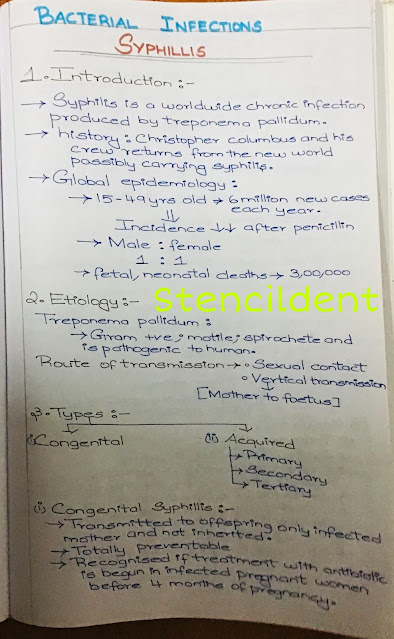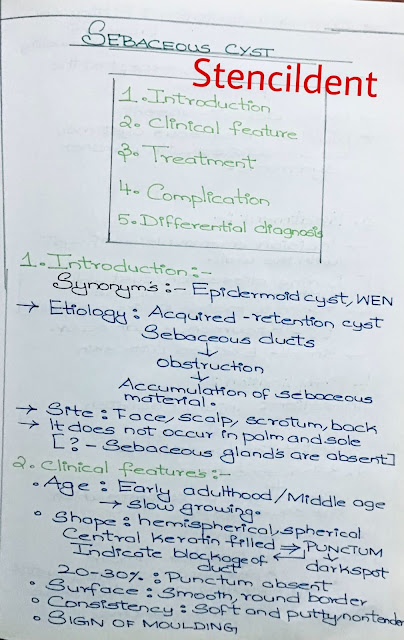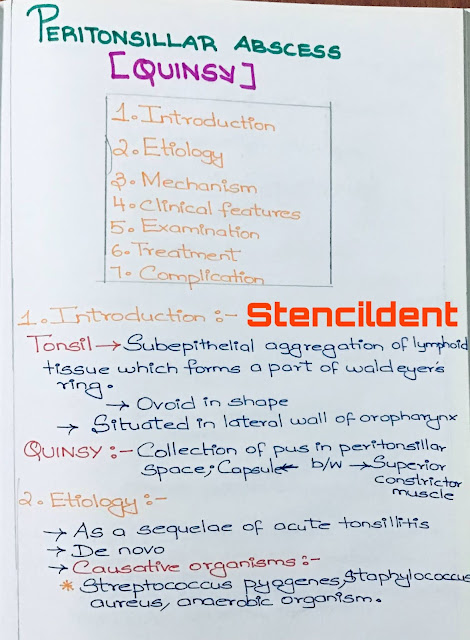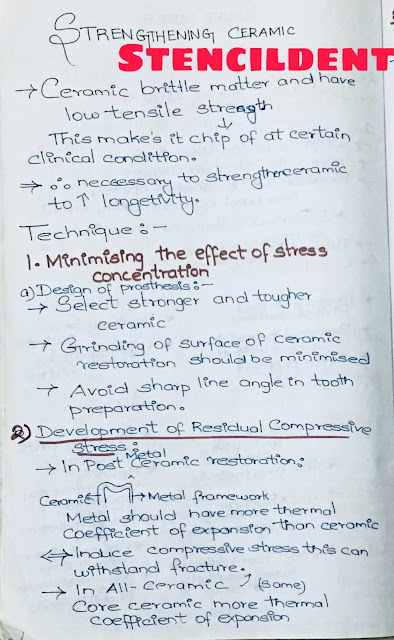BURNS - RULE OF 9 IN BURNS,LATE COMPLICATION AND MANAGEMENT
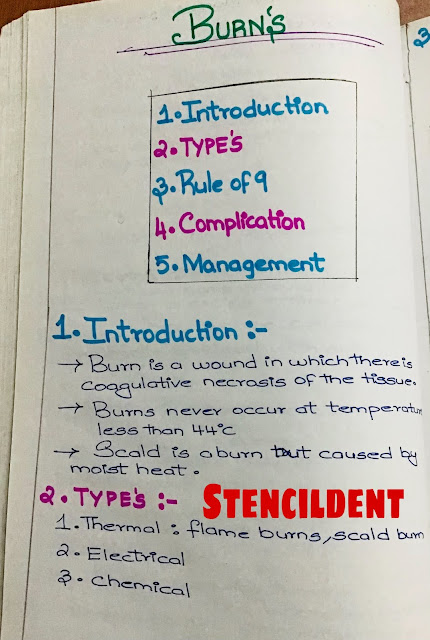
BURNS BURN is a wound in which there is coagulative necrosis of the tissue Burns never occur at temperature less than 44 degree celsius Scald is a burn but caused by moist heat TYPES: 1)THERMAL :-Flame burns,scald burn 2)ELECTRICAL 3)CHEMICAL RULE OF 9 IN BURNS : Pathology of burns are divided into : 1)Local changes: 2)Systemic changes 1)Local changes : Severity of burn Extent of burn Vascular changes Infection SEVERITY OF BURN: Microscopic destruction of the superficial layers of the epidermis Desquamated within few days No scarring EXTENT OF BURN : Length and width of burn is expressed by percentage of total surface area displaying either 2nd or 3rd degree burn,extent estimated by WALLACE RULE OF NINES ANATOMIC AREA PERCENTAGE OF BODY SURFACE Head ,face and neck ...
